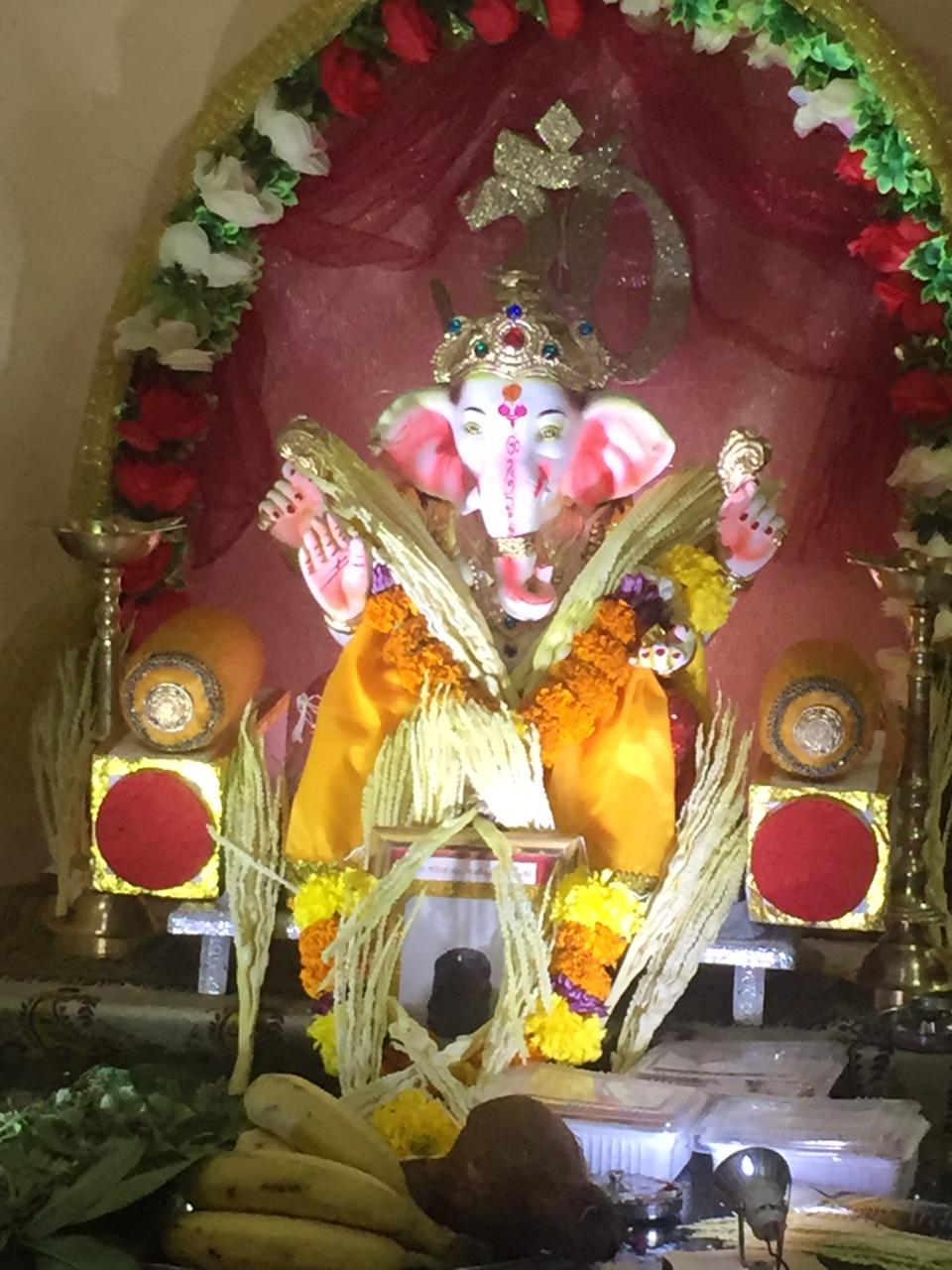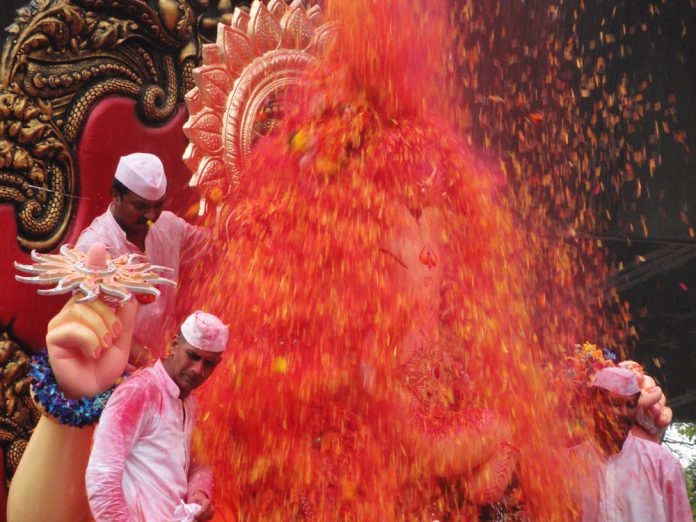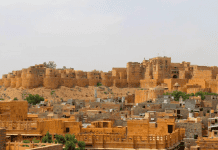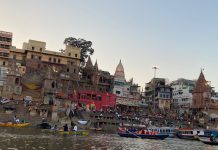There are a host of Gods and Goddesses who are worshipped in Hinduism. Lord Ganesha is one who is worshipped by every household from almost every community. The one and only Elephant headed deity blesses new beginnings and removes obstacles along our way. Ganapathi or Ganesha (lord of the tribe), Vigneshwara (remover of obstacles), Ekadanta (one-tusked), Lambodara (pot-bellied), Vakratunda (twisted trunk), Gajanana or Gajamukha (face or head of elephant), Vinayak (features of a Nayak or leader), Mangalmurti (one who bestows wholesome peace and prosperity), Bhalachandra (the one whose forehead is adorned by the moon) and Umaphal (the one made by Goddess Parvati with spiritual knowledge), are some of the names fondly referred to by His devotees. He is believed to be the lord who guides us with intelligence and wisdom and blesses us with these attributes.
It is believed that Goddess Parvati created Lord Ganesha with a paste of turmeric when she was having a holy bath. She entrusted him to guard the door, allowing none to enter. When Lord Shiva was stopped by this boy at the door and prohibited from seeing his wife, in a spur of anger, he beheaded the boy. Learning later that the boy was Goddess Parvati’s creation and was trying to protect her, Lord Shiva brought Ganesha back to life by replacing his head with that of an elephant’s and declared that he would go on to be the most popular of the Gods. It is his iconic story of birth and being brought back to life that is commemorated with the festival of Ganesh Chaturthi.

Ganesh Chaturthi, starting on the fourth day of the Bhadrapada month of the Hindu lunar calendar, lasts for ten days, ending on Anatha Chaturdashi. The day of Ganesh Chaturthi is marked by bringing home the idol of Lord Ganesha. Along with His idol that worshipped regularly at home, an idol is brought home with a lot of affection, often with a band too. An elaborate puja is performed. Traditions include singing songs in praise of the deity, listening to stories of Lord Ganesha and preparing sweets and an elaborate menu characteristic of the festival. After worshipping the idol for nine days, the idol is immersed in water with a heavy heart and a loving send off, awaiting Lord Ganesha’s visit in the following year.
While Ganesh Chaturthi is celebrated in a number of ways across the country, the celebrations that take place in Mumbai are always in the limelight. The grandeur and exuberance of the festival in the maximum city reaches greater heights each year, literally and figuratively. The ‘Lalbagh cha Raja’, literally meaning the king of Lalbaug, is the most popular idol of Ganpati that is worshipped in the city on this occasion. Mumbaikars eagerly awaits the home coming of Lalbaug cha Raja which promises to come back bigger and better every year. This year, however, the social distancing norms and safety precautions take precedence over Mumbai’s most social ‘Ganpati’ gatherings. Mumbai and all other parts of the country will have muted celebrations this year with less grandeur and more hope.

















